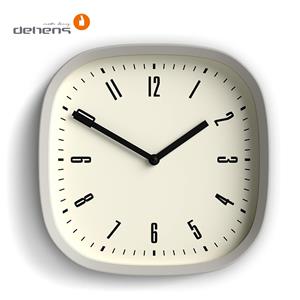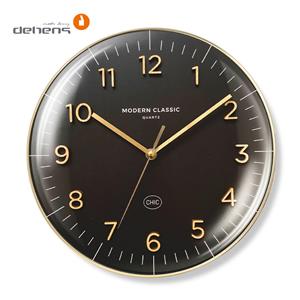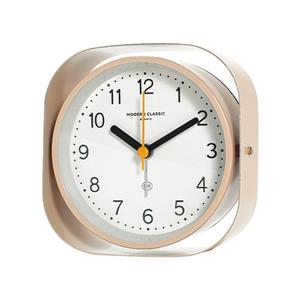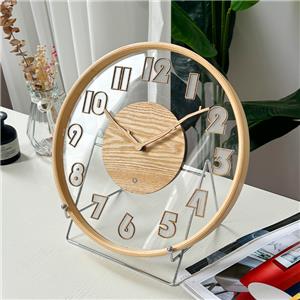What do you need to know about wall clocks
Wall clock refers to a clock hung on the wall, which originated from tower clocks. Around the 16th century, large tower clock buildings appeared in Europe. Due to the limitations of manufacturing technology at that time, clocks were generally larger in size. With the development of technology, especially the breakthrough in Japanese quartz clock technology in the mid-20th century, small wall clocks became popular in thousands of households.
classification
Wall clocks are mainly divided into the following categories:
Pointer type quartz wall clock: manufactured based on the principle of regular vibration generated by quartz crystals driven by electricity, with diverse appearances and suitable for home use.
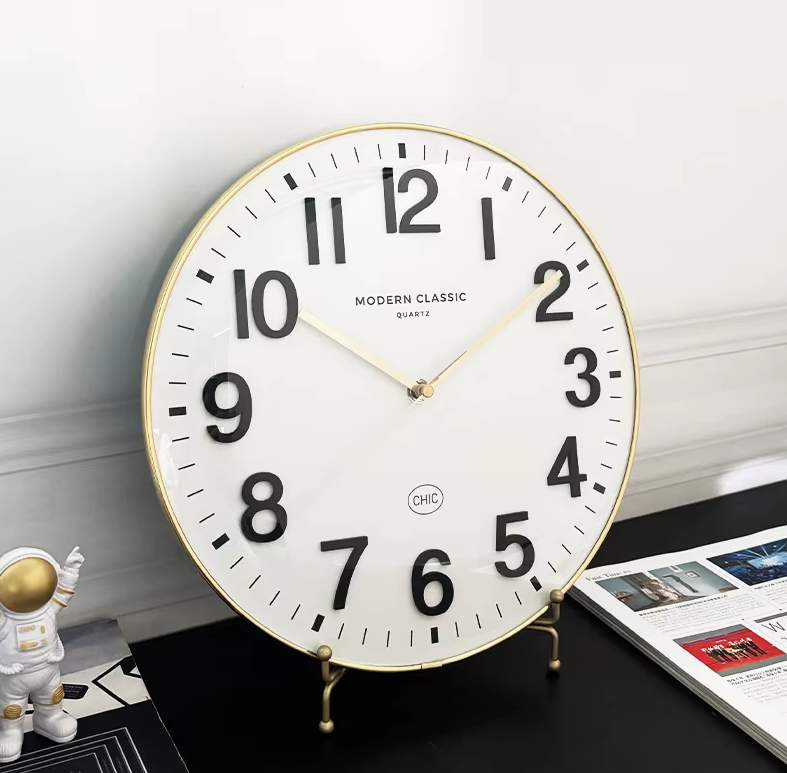
Mechanical wall clock: It adopts a winding power system and is made according to the principle of a pendulum. Its appearance has a strong mechanical color, but its timing accuracy is poor.
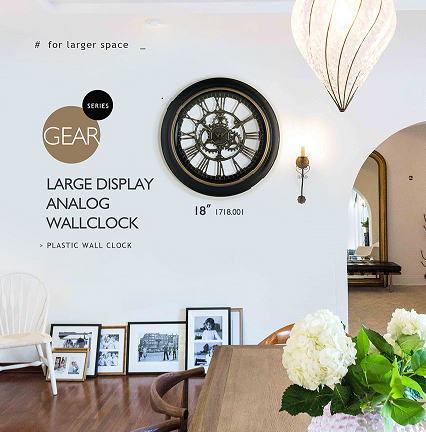
Digital wall clock: Combining modern electronic technology, it usually has higher accuracy and functionality.
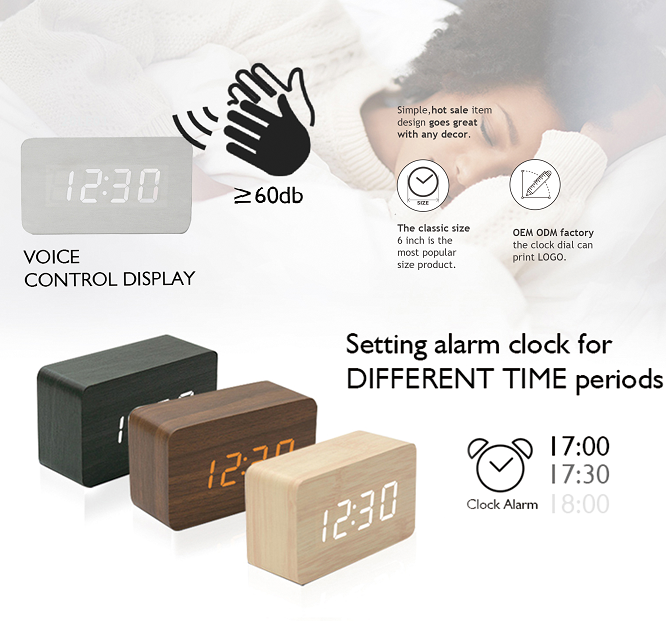
Purchase precautions
Style: Wall clocks are usually hung in eye-catching places, so the style should match the room decoration to have a decorative effect.
Size: The size of the wall clock should be selected according to the size of the room. Small rooms are suitable for smaller wall clocks, while large rooms are suitable for larger ones. A typical bedroom or living room (15-20 square meters) is suitable for 12 or 14 inch wall clocks, while a large living room (20-40 square meters) is suitable for 14 or 16 inch wall clocks.
Sound: The sweeping movement emits the lightest sound, suitable for environments that are sensitive to sound.

